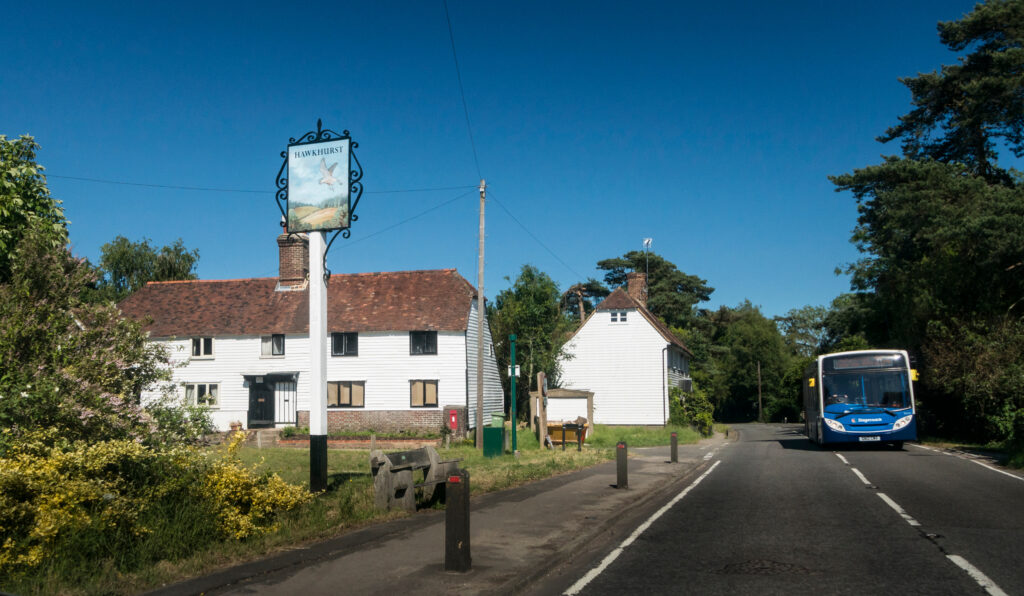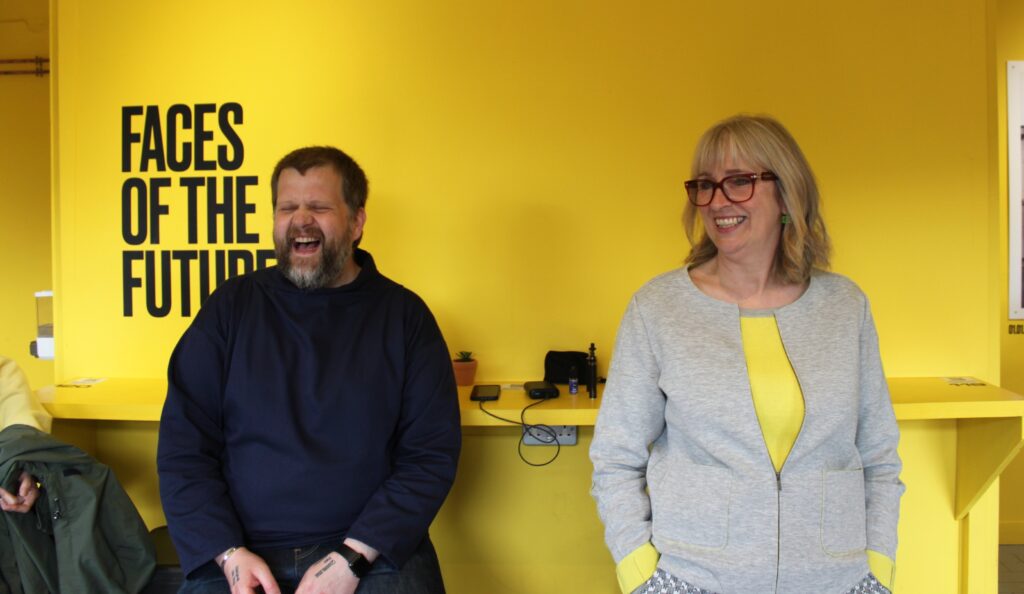The Business Map of Urban Innovation Opportunity after Covid-19
Connected Places Catapult, in collaboration with The Business of Cities, The Department for International Trade and The Foreign Commonwealth and Development Office, recently held a webinar to discuss the global marketplace in advanced urban and mobility industries, and consider how and where to do business in a post-COVID world.

The discussion brought three critical issues to the fore:
- Cities were already complex places to do business, and Covid-19 has added a new dimension to the path cities will take and the urban market environments business will find themselves in.
- UK companies and expertise are uniquely placed to help the world’s urban and metropolitan markets ‘build back better.’
- Some cities internationally are better equipped to become partners, customers and demonstrators of UK business – and the key is to understand which ones and how.
Covid-19 and the re-distribution of city innovation
Covid-19 is shaking up the geography of innovation both within cities and between them. The pandemic also has demonstrated that different cities become resilient in different ways, depending on their urban form, industry mix, social geography and governance profile. Therein lies the opportunity to accelerate change that delivers better kinds of urbanisation in many more places. Covid-19 has starkly highlighted the imperative to build innovation and agility into the hardware and software of cities.
We have seen how cities that were more open to innovation and accommodating of the digital economy before Covid-19, were also able to pivot more quickly when our ways of working changed overnight. Similarly, cities that had a pre-existing foundation of open and shared data and were working towards standardising data integration across systems were better at keeping services running and keeping citizens informed. But not all cities were on that journey pre-COVID; and now it is hard to know exactly which cities are able, ready and willing to make good partners for innovation businesses.
As cities look ahead to the cycle after Covid-19, worldwide demand for re-imagined mobility systems and built environments is growing. Places are striving for innovations that can equip their ruptured urban economies for renewed success and sustainability. They seek to fast-track a new cycle of trade and investment. What were once part of 10-year visions for innovation are now becoming 24-month critical delivery plans. What was once siloed as a side-budget for ‘smart services’ is now a scramble to buy and implement enabling services and technology. In practical terms, cities will have different kinds of urgent imperatives and support needs if they are to realise some of these ambitions and make the transition into a more distributed mode of urbanisation.
Let’s take South East Asia as an example. The opportunity map there is hugely varied: it spans the gateway megacities, fast-growing 2nd tier centres establishing metropolitan infrastructure for the first time, BPO hubs diversifying into new sectors, new greenfield cities, visitor destinations experiencing demand shocks, and remote mid-sized cities vulnerable to security threats and climate change.
The UK has made steps to serve these diverse urban and metropolitan markets. The Digital Trade Network, coupled with HMG ambitions for several Free Trade Agreements and engagement in CPTPP, led by Her Majesty’s Trade Commissioner, Natalie Black, point to multiple places in the region that will be well positioned as potential partners. Some cities will need advanced applications that sit on top of open/shared data sources; others will need help in creating strategic roadmaps to urban planning or digitisation; many will benefit from the niche technical assistance of UK institutions; a few will be ready for as-a-service delivery models of infrastructure and retail.
Or take sub-Saharan Africa, where the Connected Places Catapult is currently running its Urban Links Africa programme. There are cities looking for ‘shovel ready’ innovation solutions to core critical infrastructure challenges and others looking for partners to form equitable partnerships with to roll out leapfrog urban service solutions. The HMG initiative being led by HMTC Emma Wade-Smith and the Department for International Trade is focusing on catalysing markets and facilitating bilateral business agreement. Meanwhile UN Habitat is exploring new ways of solving core infrastructure and growth issues, and innovators like those associated with Afrilabs, a pan Africa tech hub community, are looking to match the continent’s entrepreneurs to many varieties of urban solutions and growth opportunities.
It is exciting that so many places present potential for urban transformation and improvement. And yet above this, business has to navigate a layer of questions around which cities have both the propensity and capacity to be good partners in innovation, in terms of their governance, leadership, budgets, regulations and procurement policies. These ingredients can also change with each political cycle. So there is a rich yet complex picture to understand how to successfully enter emerging innovation markets.
Innovation Expertise for Cities in a post-COVID World
Grasping the contours of this opportunity map is a key part of the jigsaw for internationalising UK business.
The disruption to the geography of innovation is matched by changes in innovation demand: fiscal management systems, digital public services, smart buildings, transport payment mechanisms, low carbon logistics, digital healthcare and safety provision, and innovative procurement are all areas in demand in order to drive local cost savings and broad-based recovery. Connected Places Catapult recently launched a report showcasing some interesting mechanisms already in place to facilitate this process.
The UK is home to some of the world’s most experienced and most promising innovators in urban technology and innovation across both mobility and the built environment. Demand for these innovations span highly ambitious and highly constrained cities alike. How can we achieve lower CO2 emissions post COVID? How can we build communities where our homes are also our office, and also reinforce healthy living? What does our daily commute and our trip for groceries, exercise and experiences look like moving forward? Understanding cities’ appetite and direction on these questions, and their existing ecosystems of expertise, will also shape where and how UK businesses can look to help.
Some cities will deliver more ROI than others; some are better equipped to become partners, customers and demonstrators of UK business, or to reinforce UK leadership on global agendas of our time – public health, climate change, digital inclusion.
A Typology of Innovation Markets
One way to capture this city complexity is through marshalling comparative data and evidence. The City Typologies Dashboard is a tool that brings together the urban data expertise of The Business of Cities with the innovation market capability of the Connected Places Catapult.
This tool has been devised to guide UK decision makers on the commercial and innovation opportunities cities now pose, by honing in on the kind of the physical assets, innovation ecosystems, and the strategic threads where UK stakeholders can engage and make a difference. These angles help to grasp what there is to build off, who to work with, and how to align with the aspirations of a city’s leadership.
Applying this curated mix of data to 500 cities in 100 countries, the tool allows us to see many common traits certain cities share. The places with the strong public transport backbone but not the last-mile infrastructure. The places with the industry and research specialisms but a limited track record of venturing. The places with the bold net zero strategy but few existing tools. The places whose assets are a mismatch with their brand identity. The places with great city centre digital coverage but low access to suburban services. Tracking so many cities elicits a number of shared patterns like these that can help business pinpoint markets, understand who they are working with, and develop scalable packages.
The Dashboard coverage also allows us to spot each nation or region’s ‘sweet spot’ cities – those cities that are an anomaly or an opportunity either in terms of the need to ‘catch up’ to its counterparts, or its ability to act as a demonstrator or a first-mover. Each different national ‘system’ of cities has distinct features in terms of inherited infrastructure, trading propensity, governance, and tech industry expertise, evidence of which can guide UK business to the right entry point.
And the Typologies model helps to uncover the places where UK-origin innovations can deliver transformational effects. It addresses the adoption potential among different types of cities of technologies such as Internet of Things, digital twins and urban modelling, and local government blockchain, and the likely applicability of insights from integrated transport agencies, power networks and satellite systems. These solutions suit cities at different stages of physical and organisational maturity, and triangulating these as both the cities and technologies evolve is a core mission of this tool.
The Typologies Dashboard and its hundreds of thousands of data points add an extra edge to decisions about UK’s priority locations for innovation and partnership after Brexit and after Covid-19.
Whether it is the cities primed for a mobility revolution, the hubs whose specialised talent pools are a good fit for UK SME needs locally, the places enjoying overdue procurement reform, or aspiring mid-sized centres ready to replicate and rebound, the Dashboard guides the UK to places where the future is waiting to be written.
The urban future is already here — it’s just not very evenly distributed. The task ahead is to optimise the UK’s role in guiding and commercialising the way this re-distribution within and between cities takes shape.
Contact us to find out more Global@cp.catapult.org.uk















